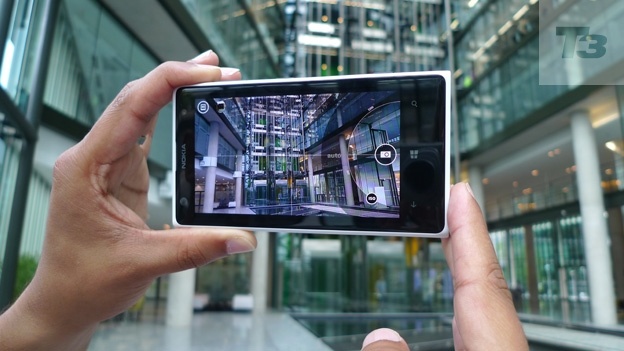Windows and OS X
8.1 vs. Mavericks showdown
I split my days between Windows and OS X. Sometimes I feel like a child whose parents got divorced and I have the responsibility of pleasing them both. At the same time I am the child who’s pampered by the parents who try to make up for their separation. For the tech lover in me, […]

